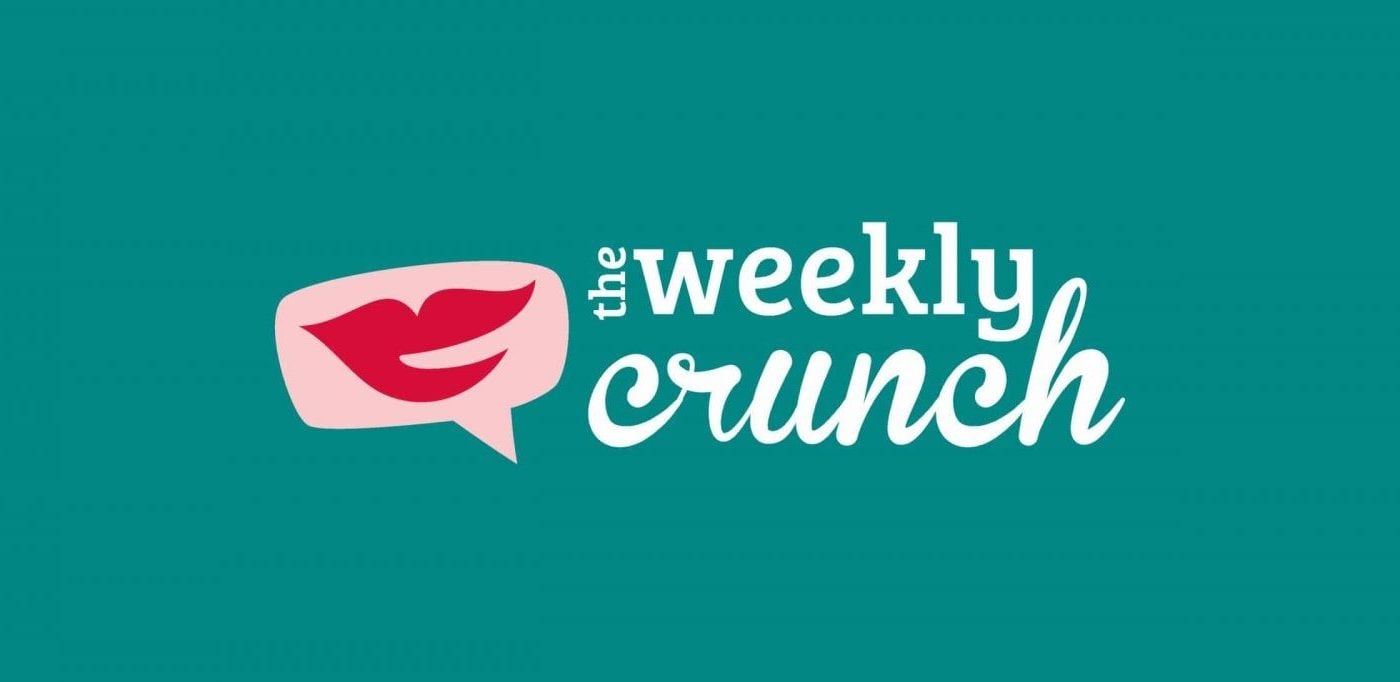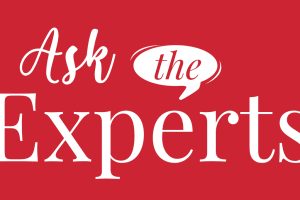The Soothing Power Of The Feldenkrais Method
Amid the daily chaos, there lies a transformative journey to mind and body rejuvenation through the power of the Feldenkrais Method.
It was a friend of mine who introduced me to this movement therapy designed to improve body awareness and enhance physical and mental function.
Its holistic approach focuses on creating new movement patterns and releasing tension, allowing people to tap into their body’s natural potential. With regular practice, it’s a way you can experience remarkable improvements in posture, flexibility, and overall vitality.
At first, I was a bit sceptical.
All I knew was that the class involved gentle movements, which I was capable of doing but there were no props or accessories and at first, it was more tedious than exciting made of small, slow, and repetitive motions. Actually, I couldn’t understand why the instructor asked us to rest frequently when we barely moved!
I started to question if I had made a mistake. I became frustrated and couldn’t wait for the class to be over. However, when the teacher finally asked us to stand and notice any differences from the beginning of the lesson, I was surprised by the change in my state. Despite my initial resistance, I felt refreshed, energized, and unusually relaxed. Something had shifted inside me, but I couldn’t quite pinpoint it.
My friend later explained that the Feldenkrais Method emphasizes self-exploration and the quality of movement, rather than specific positions or speed. I soon started to leave each class feeling emotionally refreshed and mentally sharp. There was no pain, only gain, and very little sweat. Then I realised what my teacher tried to explain: “Feldenkrais is designed to make changes where it counts—in your brain“.
So, what sets Feldenkrais apart from yoga, you might wonder?
Both practices aim to promote healing and transformation through movement and breath, cultivating awareness in the process. In yoga, specific breath practices called pranayama are prescribed, while in the Feldenkrais Method, the breath acts as a gauge for effort level. The goal is to minimize effort as much as possible. By paying attention to the quality of our breath, we often reduce effort and enhance the quality of our movements.
The Feldenkrais Method was developed by Moshe Feldenkrais, a distinguished scientist, engineer, and judo master. After a serious knee injury, Feldenkrais drew upon his extensive scientific and martial arts background, as well as knowledge in physics, linguistics, biology, child development, and athletics, to heal himself and create a unique experimental approach. Through this method, he managed to avoid surgery and taught himself to walk again without pain. This experience sparked the development of the Feldenkrais Method in the 1960s.
Both yoga and Feldenkrais contribute to improving movement and overall well-being. However, Feldenkrais places a greater emphasis on neural plasticity and the unconscious habits that often contribute to injury and pain.
Personally, I have found that the method provides a solid and supportive foundation for yoga and any other form of movement, even in daily life activities. It has allowed me to be highly attuned to my body’s sensations, enabling me to make necessary adjustments and avoid mindlessly following instructions that could lead to discomfort.
Feldenkrais teaches us to pay attention to even the most subtle and often unconscious habits we possess, both physically and emotionally. By observing ourselves as impartial witnesses, we can open up the possibility for profound change.
Many students describe this process as magical. The ability to observe ourselves without judgment is a skill that develops with practice and fosters continuous improvement.
Will I go back, again? Definitely!
Like this post? Support Us or Sign up to our newsletter to get more articles like this delivered straight to your inbox!





This Post Has 0 Comments